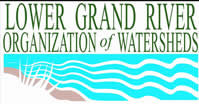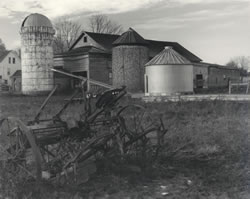Lower Grand Watershed Interactive Tool (WIT) - Animal Manure


Manure is a source of nutrients, salts, and organic matter that can degrade water quality.
With the many farms located throughout the Lower Grand River Watershed, animal manure is a material that has to be planned for and managed carefully. Animal manure includes the dung and urine of cattle, horses, poultry, and other animals.
In nature, animal manure is broken down and used by insects, animals, and plants. There is a balance that keeps the manure in the nutrient cycle, not flooding into our water bodies. Domestic animal waste, however, can become a problem because it is a concentrated source of manure not being used in the nature cycle. Pet waste can be just as problematic as improperly managed livestock waste.
Animal manure can be a very viable source of nutrients for agricultural fields. It improves soil structure, adds organic nitrogen, and stimulates beneficial soil bacteria and fungi.
If manure is used in correct proportions, applied in an appropriate manner, applied during the proper weather conditions, and if land characteristics are suitable, it is an excellent method to recycle nutrients. If manure is applied incorrectly, stormwater runoff can carry it directly into nearby water bodies, excessively increasing nutrients, bacteria, and pathogens.
Facilities that have livestock generally have manure management plans. Often these plans can be coordinated with other conservation practices and become very effective in keeping animal manure out of our waterways.
For extra material on manure management contact the United States Department of Agriculture Natural Resources Conservation Service and ask for a booklet titled Conservation Choices - Your guide to 30 conservation and environmental farming practices.
